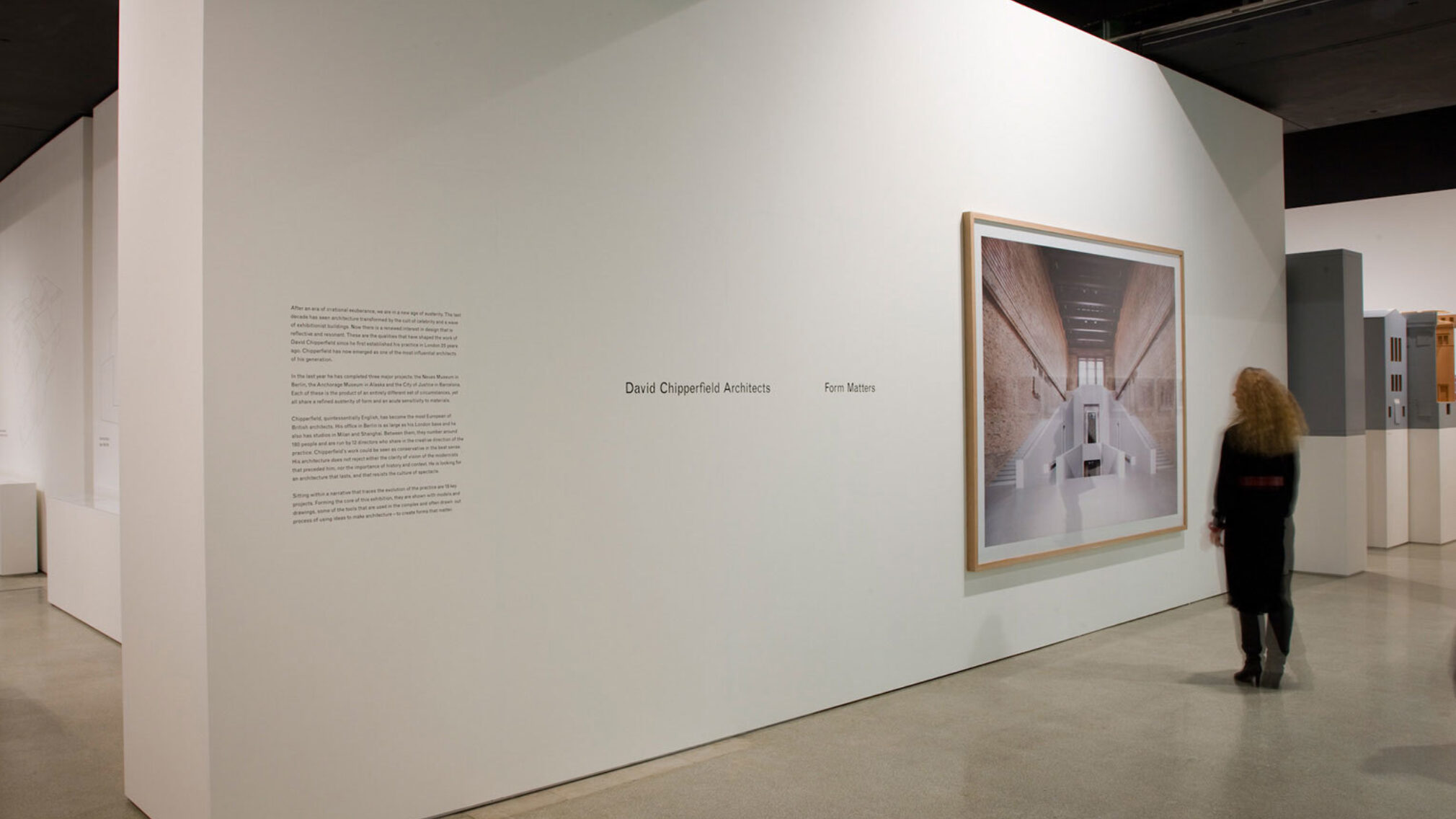How to distinguish your brand
Architecture is about design; and so it has always intrigued me as to why many architecture firms present themselves with poorly thought-out or non-considered brand identities. An exception is David Chipperfield. His practice incorporates a strong identity – not so much in terms of an actual logo – but in the surrounding designed items such as monographs, typeface and letterheads. His architectural style is reflected in the pared back approach applied to all his communication material.
Perhaps as designers themselves, architects don’t see the need to engage with other creative practitioners or strategists. Whatever the reason, there are a number of key steps architects could take in order to strengthen their identities and improve communication with the wider public:
Purpose or Belief
Unlike product brands that have a physical quality by which the customer can measure, professional service brands are less tangible. Therefore strong brands often lead with a promise by which they might hold themselves accountable. A famous example is the line by Avis – ‘we try harder’ – which became a driving force throughout their company, from frontline services to the board room, in their ambition to surpass their main rival Hertz. It was not only a by-line that instructed internal behaviour but it was also a promise to their customers. Strong service brands often have a purpose or belief-based approach that creates a unifying force internally (staff) and which also helps them to communicate externally.
A Point of Distinction
When working on client brands we try to find a genuine point of distinction from their competitors which helps guide the communications we create for them; something which will help them to stand out from other firms offering similar services. It should be core to their brand, essential to who they are or what they offer, and it should be a constant. It must have meaning and resonate with their target audience, while equally be seen as credible and implementable, i.e. any point of distinction must be reflected in a firm’s culture.
Naming
One way to break from the norm is to create a strong brand name. There can be a ‘sameness’ to many architecture firms’ brand names in that they are typically a collection of individual surnames cobbled together. Consequently, these are often too long to be easily disseminated and so are shortened into an acronym (which tends to lack personality). For the general public, such brand names can become somewhat indistinguishable from each other. A good example of a professional service company that created a strong identity from what was previously a collection of individual names is law firm Matheson (formerly Matheson Ormsby Prentice). This is clearly an attempt to take control of their name (also known as Mop’s) and present themselves as a big brand.
Use of type
Type is a key component to any visual identity and one which is often under-considered or poorly understood. The look of a typeface can really change the tone and personality of a brand. The less customised your logotype is, the more generic your brand will feel. Similarly, an appropriate choice of supporting heading and copy typefaces will help differentiate you.
Unique Imagery
Architecture firms often use photographs of their projects to showcase what they do. While many of these projects are successful in highlighting a practice’s capability and experience, the look and feel of such images across the board can lead to a sense of sameness. Many are not styled in any way and do not reflect the brand. That is to say, if the firm’s logo was removed from the image, one would often have no idea who the firm was. Put another way, there is a lack of art-direction. Firms also often rely solely on this purely photographic approach without seeking to create any brand imagery that tells their narrative or story i.e. who they are and why their brand is different.
Attention to Detail
This is something architects know a lot about. Attention to detail is essential and small things matter. Everything is considered and there is a reason for why it exists. If it doesn’t work, it shouldn’t be there. The same is true of a brand’s communications, whether that be operational collateral (stationery, electronic, proposals) or expressive communications (web, advertising etc.). Your communications are a reflection of your commitment to detail and your work, and therefore should equally be considered. Consistency is key. Next time you have a moment free, spread all your communications or anything that carries your logo onto a table and ask yourself – is it consistent, does it work, is it strong, is it a good reflection of our company?
